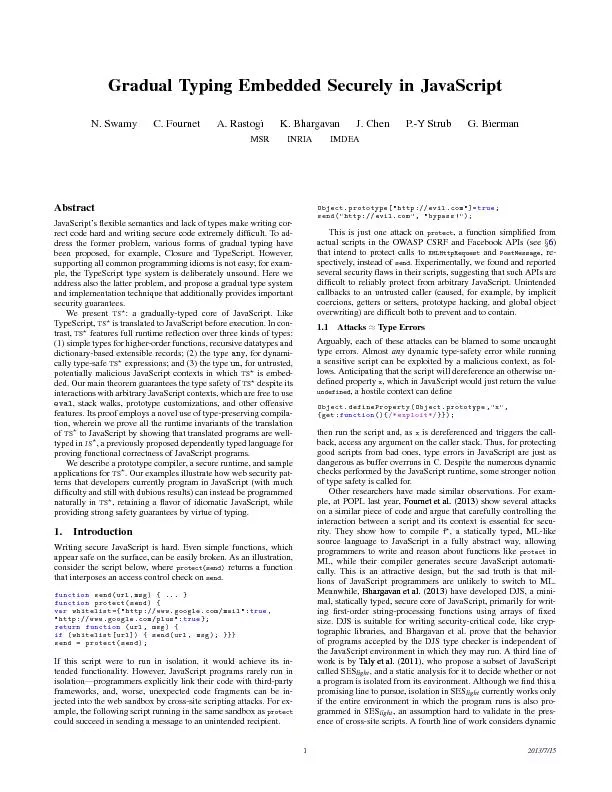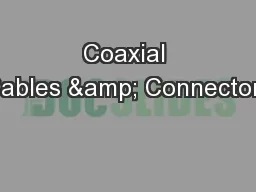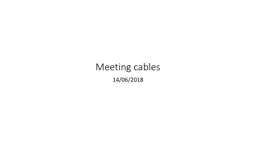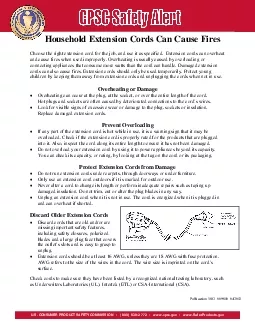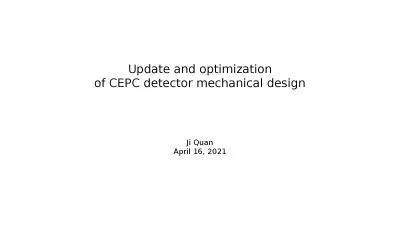PPT-Program for mechanical calculation of wires, cords, self-supporting cables
Author : tatiana-dople | Published Date : 2019-06-24
on overhead power and communication lines LineMech amp LineMechCad Use left mouseclick and navigation buttons to navigate the presentation Watch for the clues
Presentation Embed Code
Download Presentation
Download Presentation The PPT/PDF document "Program for mechanical calculation of wi..." is the property of its rightful owner. Permission is granted to download and print the materials on this website for personal, non-commercial use only, and to display it on your personal computer provided you do not modify the materials and that you retain all copyright notices contained in the materials. By downloading content from our website, you accept the terms of this agreement.
Program for mechanical calculation of wires, cords, self-supporting cables: Transcript
Download Rules Of Document
"Program for mechanical calculation of wires, cords, self-supporting cables"The content belongs to its owner. You may download and print it for personal use, without modification, and keep all copyright notices. By downloading, you agree to these terms.
Related Documents



